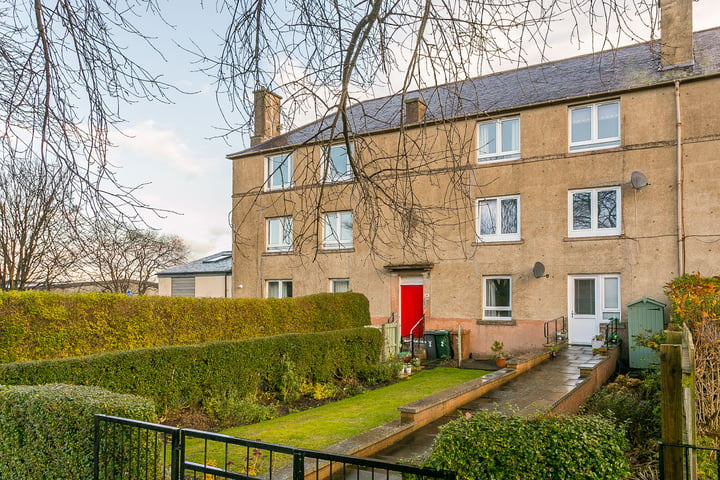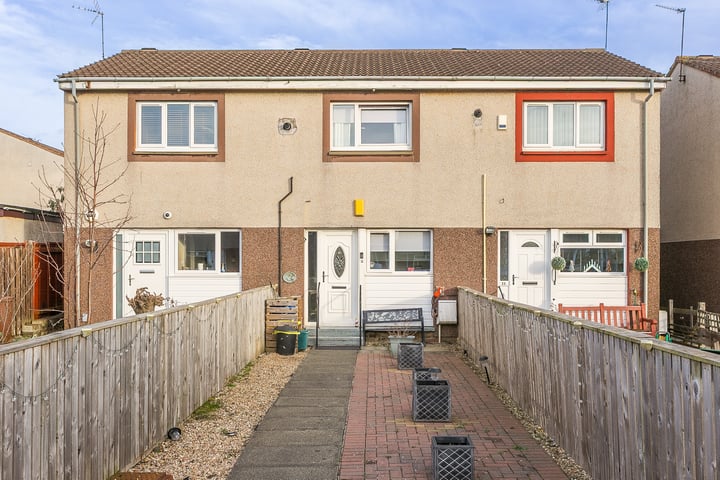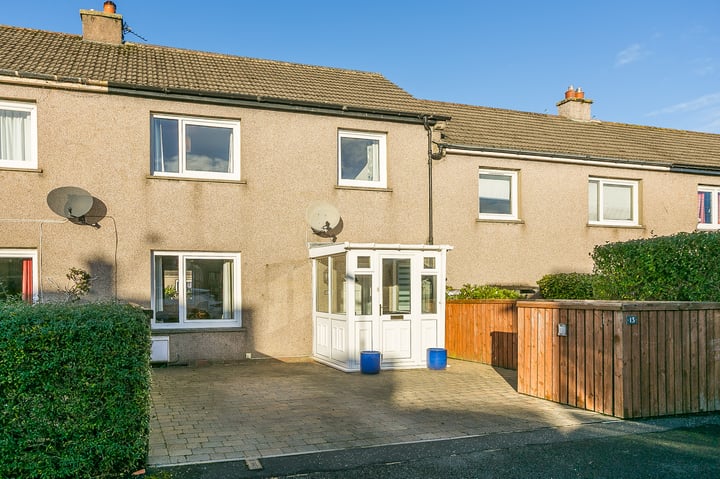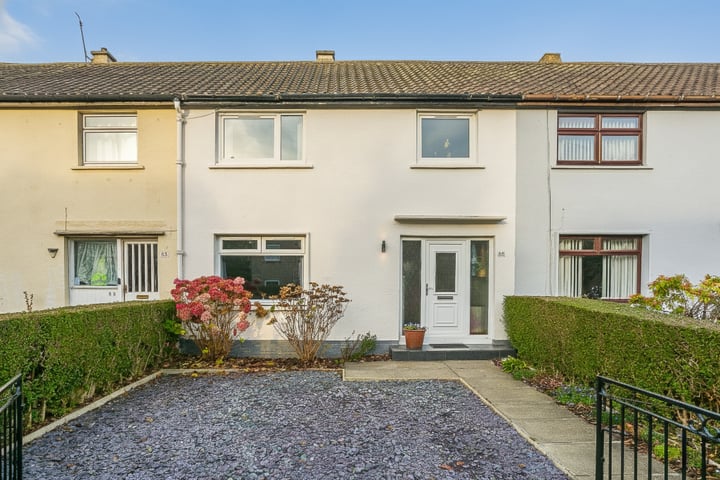Property News Round Up February 2016
In this month’s bumper Property News Round-Up, we take a look at property sales and price trends, the extension of the Help to Buy Scheme in 2016, the planned supplement on Land and Buildings Transaction Tax for buy-to-let investors and second-home buyers as well as how likely it is that interest rates might rise in the near future.
Property Sales Remain Strong
As we start to see the first faint glimpses of Spring, property buyer activity has remained very strong early in 2016.
The latest figures released by ESPC show that the number of homes sold in East Central Scotland between November 2015 and January 2016 rose by 5.1% compared to the same period the year before. The same figures also revealed that the average selling time for properties in East Central Scotland is 37% faster when compared with the same three month period the previous year, having decreased from 56 days to 35 days.
Reduction in Properties Brought to Market Reinforces Seller’s Market
The latest ESPC figures reveal that the number of new properties coming to the market between November 2015 and January 2016 has decreased by 15.1% compared with the same period a year ago. With the number of homes being sold across East Central Scotland rising by 5.1% during the same period, the market is certainly favouring sellers at the moment.
It is worth noting, when looking at these comparative figures, that between November 2015 and January 2016 the market was preparing for replacement of Stamp Duty by Land and Building Transaction Tax (LBTT) on 1 April 2015. This might have led to a flurry of higher-value properties coming to the market in an attempt to take advantage of the pre-LBTT regime: LBTT on properties worth more than £333,000 is more expensive than it was under the Stamp Duty regime. Nevertheless, there is no doubt that this year has seen a cooling of the market when it comes to property owners wanting to get their property onto the market for sale, and this is something that we have seen at MOV8 during this period.
With a less crowded market place, the properties that are being brought onto the market are in even higher demand. The increased competition for these properties is likely to be contributing to the increase in properties achieving, or exceeding, their asking prices also. At MOV8 during January 2016, 80% of properties sold achieved a selling price at least equal to their asking price, with 66% exceeding this.
House Prices Continue to Inch Upward
Continuing the trend that we experienced throughout 2015, house prices are inching upwards, with an annual increase of 1.9% within Edinburgh during the period from November 2015 to January 2016. This places the average selling price within Edinburgh at £221,473, up from £217,339, according to the latest figures released by the ESPC.
The average selling price across East Central Scotland between November 2015 and January 2016 remained at the same level when compared to the same period the year before. While the overall selling price remained pretty static, there are sections of the market where prices are rising more quickly than the average. For example, two bedroom flats in the Shore, Granton and Leith areas of Edinburgh increased by 18.2% while three bedroom houses in the Currie, Balerno and Juniper Green areas of Edinburgh showed a 16.3% year-on-year increase in the average selling price.
Caution, as always, must be exercised when looking at these sorts of statistics as the types and sizes of two-bedroom flats, as well as three bedroom houses, do vary and it is possible that there has been an increase in the proportion of sales of larger two-bedroom flats and three bedroom houses, for example, in these areas. Nevertheless, these statistics make very positive reading for anyone who is thinking of selling a property of this type in these areas.
Date Set for the UK’s EU Referendum
UK Prime Minister, David Cameron, this month announced the date for the UK’s in/out referendum on membership in the European Union, with the vote being set for 23 June 2016. The impact on the property market of Britain exiting the EU would depend upon its general impact on the economy.
A survey earlier this year by accountants KPMG found that 66 per cent of real estate experts believed that ‘Britain leaving the EU would have a negative impact on inbound cross-border investment’.
The central London property market would be hardest hit, but the impact would not be confined to the Capital. Conversely, if the ‘out’ supporters are to be believed and the UK, freed from EU regulations, attracted more inward investment instead of less, the property market would benefit.
We will comment further on this as the referendum comes closer, but we do not anticipate that the referendum will have a significant impact upon the majority of the Scottish property market.
Help to Buy Scheme Extended
Applications will be accepted, as of 1 March 2016, for the Scottish Government’s ‘Help to Buy’ scheme. The Scottish Government announced last month that the three-year, £195 million ‘Help to Buy’ scheme will help thousands of lower income households to purchase a new build home.
The Scottish Government has also announced £160 million in new funding to support its Help to Buy home ownership schemes in the next financial year, starting in April 2016.
The ‘Scottish Government Help to Buy (Scotland): Affordable Home Ownership Scheme’ will be available to help approximately 3,000 households this year, with around £80 million in equity support being made available. An additional £80 million will be allocated to the Open Market Shared Equity Scheme (OMSE) which will help an additional 2,000 eligible first time buyers on lower incomes on to the property ladder.
Land and Building Transaction Tax (LBTT) Supplement for Buy-to-Let
The Scottish Government, on 16 December 2015, announced a change in Land and Building Transaction Tax (LBTT) for Buy-to-Let investors and people buying a second home.
Scotland’s Finance Secretary, John Swinney, announced that there will be an additional supplement of 3% of the purchase price of the property, on top of the existing LBTT that would be charged for non-buy to let investors and people who are not buying a second home. This new tax supplement on LBTT will apply to anyone purchasing an additional property for £40,000 or more. The announcement echoes a statement by the UK’s Chancellor of the Exchequer, George Osborne, in November 2015 which applied to the rest of the UK.
This means that properties that are currently exempt from LBTT, due to their purchase price being under £145,000, will be subject to the new tax of 3% of the total purchase price for these categories of buyers.
At MOV8 we have already seen a sharp rise in the number of purchases of properties under £150,000, and feedback from our negotiators and financial advisers suggests that many investors are looking to bring their purchases forward, with a settlement date prior to 1 April 2016, in order to avoid the supplementary tax.
The difficulty for property buyers and sellers at the moment is that there is sparse detail about exactly how this scheme will operate. Clearly, the changes are aimed at furthering social equality by making properties more expensive for investors than they are for home buyers, thus reducing the upwards pressure on house prices. As tends to be the case though, the devil will be in the detail and there are still a number of questions to be resolved.
With the additional tax applying to purchases with a ‘settlement date’ (‘Date of Entry’) on or after 1 April 2016, there isn’t long until this all comes into force! It is probably best to err on the side of caution at the moment, if you are a property buyer, and to assume the worst when it comes to whether tax will apply to your second home or investment purchase. For more information check out our article on how the changes to LBTT may be bad news for property investors here.
Interest Rates Remain Unchanged
This month, the Bank of England’s Monetary Policy Committee (MPC) voted, unanimously in favour of keeping the Bank Rate (commonly referred to as ‘The Bank of England Base Rate’) at 0.5%. This rate has now stood at this historically low level for over six years as the Bank has tried to encourage consumer spending to stimulate economic activity.
The prevailing sentiment, echoed by independent economic research companies such as Capital Economics, seems to be that an interest rate rise could be as far off as 2019. Mark Carney, the Governor of the Bank of England, even raised speculation that interest rates could be cut rather than increased when he recently stated, “If we were in a position where the economy needed additional stimulus … we could cut interest rates towards zero.”
As the Bank of Japan introduced a negative interest rate last month, following Sweden, Denmark and the European Central Bank, this led to speculation in the media about the potential that the UK could follow suit. Mr Carney, however, has stated that this is not the case.
There are a lot of varying opinions coming forward about when, or if, interest rates might rise or fall and it remains to be seen whether these experts are right, but the longer that interest rates and therefore mortgage rates remain at historically low levels, the longer the housing market will benefit from increased affordability of mortgage finance, and therefore of housing, for property buyers in the UK.
As ever, if you’re thinking of buying or selling a property or if you have any questions, please do feel free to get in touch with our property experts today on 0345 646 0208 or [email protected] and one of our team will be delighted to help you.






Leave a Reply